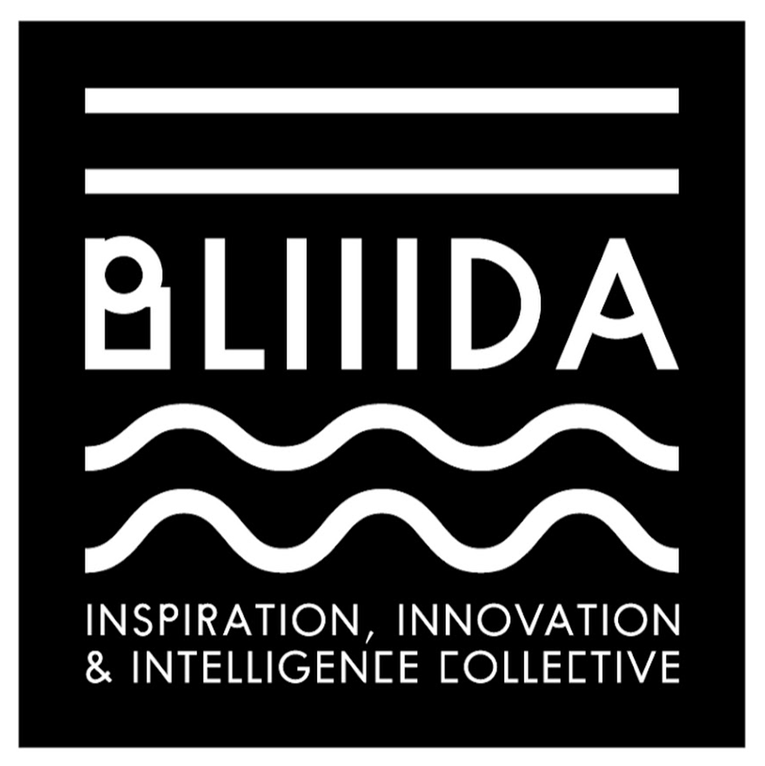More and more studies show that artificial night light has a real impact on flora and fauna. Here is an overview of the various disturbances currently known.
Effects on insects
Artificial light is the second most common cause of insect extinction after pesticides. The phenomenon of attraction of nocturnal insects by light is well known. Insects are diverted from their normal life cycle : instead of looking for food or reproducing, insects exhaust themselves swirling around the lamps and become easy prey for their predators.

Effects on amphibians
Amphibians are almost all nocturnal and react very differently to artificial light. Some species are attracted to light sources, such as toads, others are fire-retardant, such as tree frogs.
Light can also limit matings and influence population dynamics, for example the Green Frog males exposed to artificial lights are less vocal and move more frequently.

Effects on birds
Birds have a visual perception capacity of a wider light spectrum than ours and are impacted at different periods of their life cycle :
- during nesting, birds and juveniles may be attracted to stray light sources, which may prevent them from returning to their nest or finding their direction.
- during migratory movements, artificial lights coming from buildings cause very high mortalities either by direct collision or by exhaustion and predation.
- during the breeding season, the lighted areas also seem to be avoided by at least some bird species, which limits the choice of good nesting sites.
- for nocturnal raptors, their night vision is very effective but it makes them very sensitive to the light intensity : loss of orientation, prey not reached and significant latency before seeing again.
- in songbirds, certain diurnal species also sing at night near public lighting. Some diurnal raptors will prolong their hunting activity. These individuals are subject to increased fatigue, which can disrupt reproduction.

Effects on mammals
Most mammals move and feed at daybreak and after dark. Their big eyes are easily dazzled, this phenomenon is at the origin of road collisions. The lighting of forest edges along the roads further reduces the habitat of nocturnal mammals such as deer, foxes, badgers.
Chiropters are the mammals that seem to be the most affected by light pollution.
Some species (pipistrelle, serotin) take advantage of public lighting to hunt insects attracted by light. These species are favored to the detriment of other species. There is also a risk of overexploitation of prey stocks.
Unlike other species of bats, they fear light : they wait for darkness to start hunting. Embarrassed by the lighting, their hunting activity will be shortened, which will ultimately lead to a reduction in their numbers.

Effects on fish and aquatic invertebrates
Some animals orient their bodies in space in relation to a light source which is generally the sun. This is the case for fish, crustaceans and certain aquatic insects. The presence of artificial light interferes with this process.
Artificial light disrupts the migration of fish such as eels and zooplankton. There is a phenomenon of attraction by artificial light for certain fish.
Effects on flora
Sunlight is vital for plants because it allows photosynthesis. By disrupting their physiological clock, artificial light can have harmful effects on the flora. Exposure to artificial light, for example, triggers a premature flowering which will then make the plant more vulnerable to frost. In the event of constant lighting, certain species would no longer be able to develop. Parts of trees with strong artificial night lighting can keep their leaves longer in the fall.








